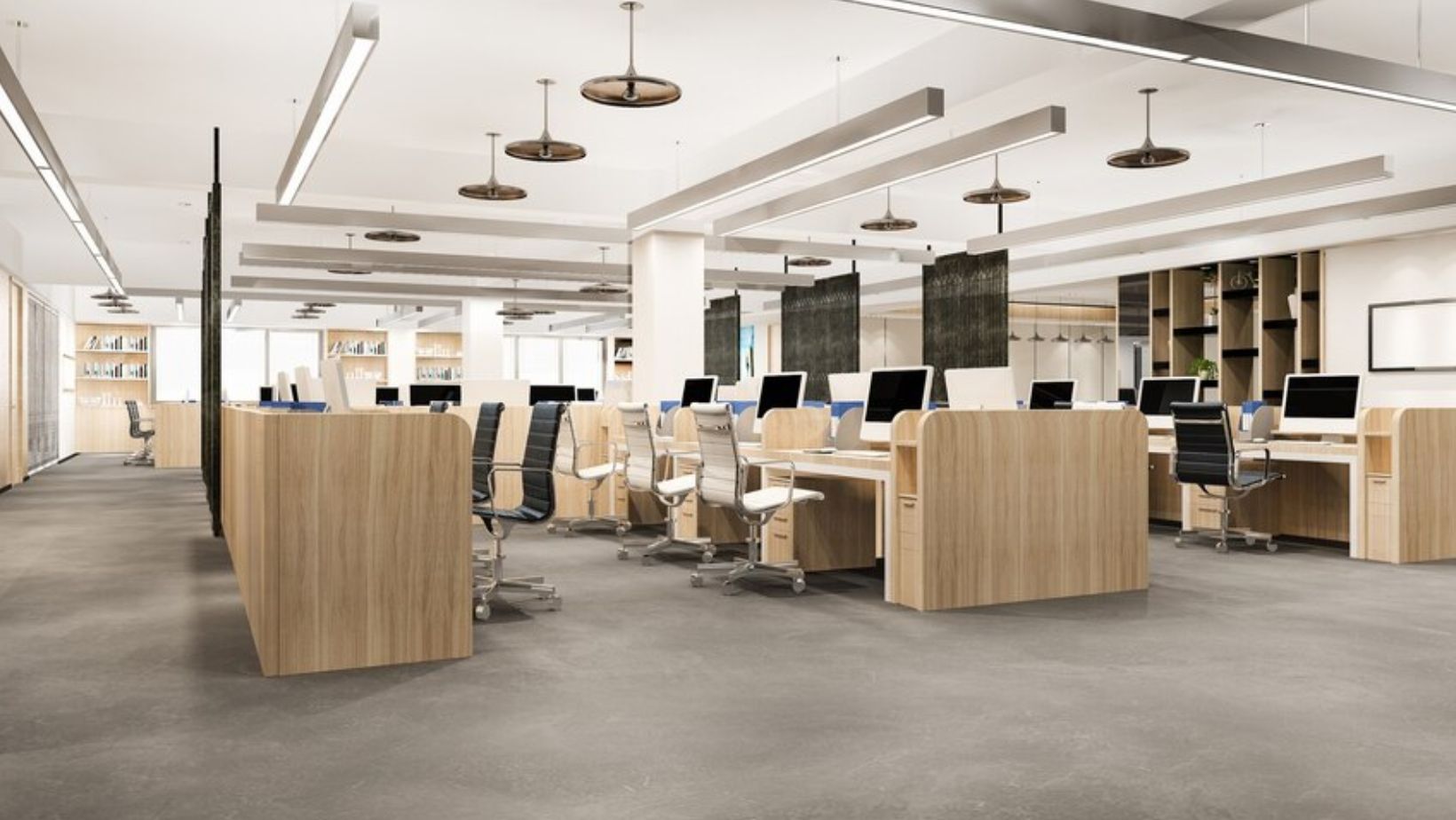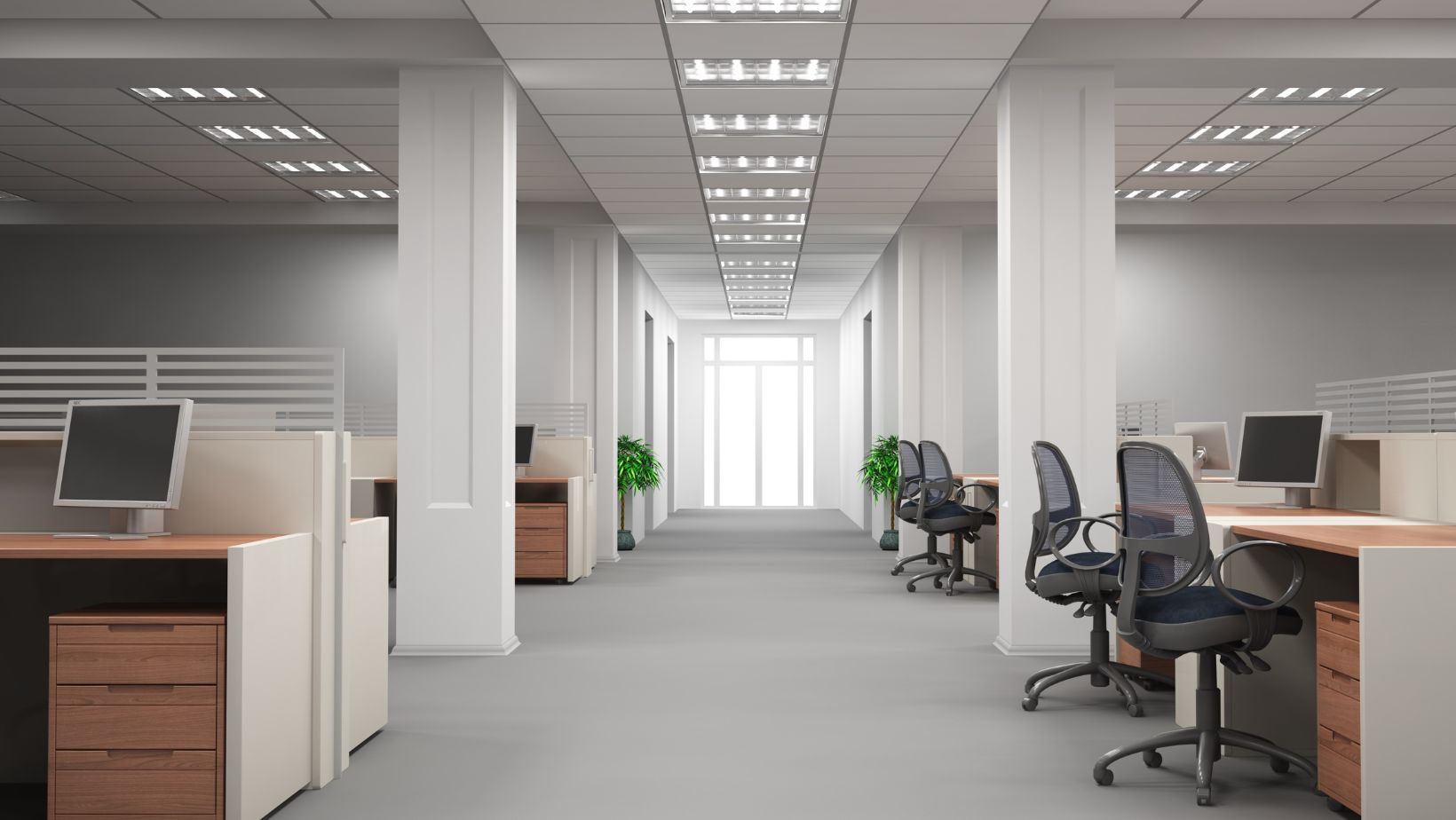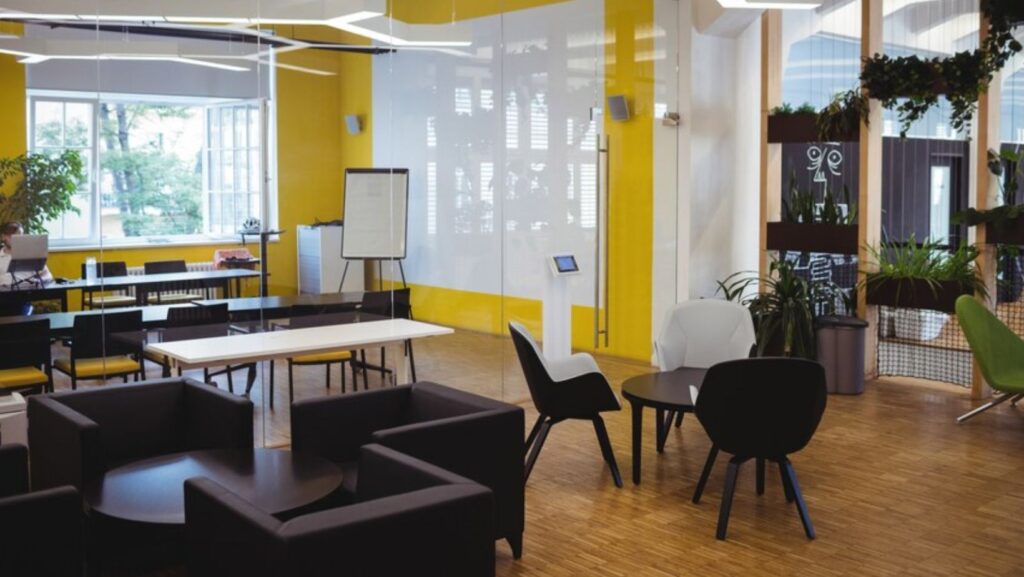Designing an office space that is both functional and inspiring requires thoughtful planning. A well-executed office fit-out can boost productivity, improve employee morale, and create a welcoming environment for clients. However, achieving the ideal setup involves careful consideration of several factors, from layout and aesthetics to technology and budget. Here’s a guide to help you plan a successful office fit-out.
Assess Your Current and Future Needs
The first step in any office fit-out is understanding the specific needs of your team. Consider the number of employees, the types of tasks they perform, and any special requirements for individual departments. For example, open spaces might work well for collaborative teams, while private offices are essential for roles that require focused work or confidential discussions.
Think about growth potential as well. If you anticipate expanding your team, your fit-out should accommodate additional workstations or meeting spaces. Consulting with experts who provide complete office fitout solutions can help you design a flexible workspace that adapts as your business evolves. This will help prevent costly adjustments later.
Prioritize Employee Comfort and Well-Being
Employee well-being is critical to productivity, so prioritize elements that enhance comfort. Ergonomic furniture, such as adjustable chairs and desks, can help reduce strain and boost focus. Consider the lighting as well, as it has a significant impact on mood and energy levels. Natural light is ideal, but where it’s limited, use high-quality LED lighting to minimize eye strain and fatigue.
Another factor to consider is ventilation and air quality. Poor air quality can reduce productivity and lead to health issues. Investing in proper ventilation, air filtration, and climate control systems creates a healthier work environment, showing employees that their comfort is a top priority.
Create Zones for Different Types of Work
Modern offices benefit from having different zones dedicated to various activities. Plan for areas that cater to collaborative work, quiet focus, meetings, and relaxation. Open workspaces with collaborative desks can foster teamwork, while designated quiet zones allow employees to focus on tasks without interruption.
Breakout spaces and lounges provide a place for employees to unwind or brainstorm in a more casual setting. Including a kitchen or café-style area can encourage socialization, making the office feel more inviting. Thoughtful zoning allows employees to work in ways that best suit their tasks, ultimately improving efficiency and job satisfaction.
Invest in Technology and Connectivity
In today’s digital age, a tech-savvy office is essential. Ensure your office is equipped with the necessary infrastructure, such as high-speed internet, secure network access, and sufficient power outlets. Depending on your industry, you may need specific technology, such as large monitors for design work or audio-visual setups for presentations.

Consider integrating smart office technology, like adjustable lighting, automated room booking systems, or touchless entry options. Such upgrades enhance the user experience, making it easier for employees to connect and collaborate efficiently. Additionally, using cloud-based software solutions can improve remote collaboration, essential for hybrid work environments.
Plan for Aesthetics and Branding
Your office fit-out should reflect your company’s values and brand identity. The design elements, color scheme, and overall aesthetic should communicate your brand’s personality to clients and employees alike. For example, a tech startup might go for a modern, minimalistic look with bold colors, while a law firm might prefer a sophisticated, neutral palette.
Incorporate branded touches such as logo placement, company colors, and unique wall art to create a cohesive and professional look. Balancing aesthetics with functionality is essential, as an inspiring environment can motivate employees and leave a positive impression on clients. Collaborating with an interior designer can help translate your brand identity into an attractive office design.
Establish a Realistic Budget
A well-planned budget is crucial to the success of your office fit-out. Fit-out projects can vary widely in cost, depending on the size of the space, the level of customization, and the quality of materials used. Start by identifying priority areas where you’re willing to invest more, such as high-quality furniture or advanced tech infrastructure.

Get multiple quotes from contractors and fit-out specialists to ensure you receive competitive pricing. Unexpected expenses can arise, so include a contingency fund to handle any last-minute changes. With a well-thought-out budget, you can achieve a fit-out that meets your needs without overspending.
Follow Health and Safety Regulations
Compliance with health and safety regulations is non-negotiable in any office fit-out. Familiarize yourself with local codes that govern office layouts, fire safety, ventilation, and electrical installations. Make sure that all pathways are clear, emergency exits are accessible, and that your space is compliant with standards for accessibility.
Hiring an experienced fit-out professional can help ensure that your office meets all safety and compliance requirements, avoiding future legal issues. A safe, compliant office space promotes confidence among employees and protects your company from liabilities.
Considering these essential factors when planning an office fit-out helps create a space that supports productivity, reflects your brand, and promotes employee well-being. By balancing design, functionality, and budget, you can achieve a fit-out that meets your current needs and adapts to future growth. With the right office fitout solutions, you’ll have a workspace that inspires your team and impresses clients, making your office a space where everyone can thrive.



